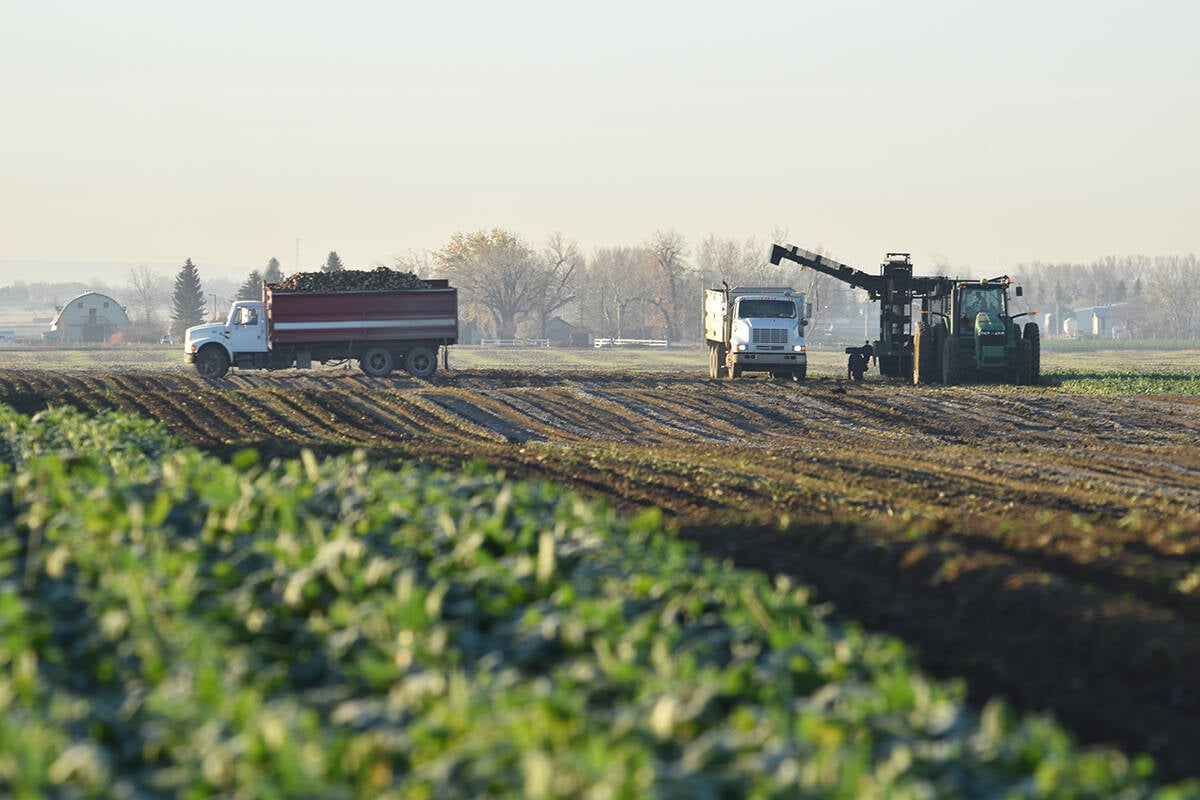When someone pushed over and burned the toilets in the campsite in the County of Barrhead this spring, it was another discouragement to keeping the public site open.
Vandalism costs add to the $2,500 to $3,000 the northwestern Alberta county pays annually to keep its campsite supplied and maintained. It contracts out the operation of the site to an individual who collects and keeps the camping fees.
The county’s administrative assistant, Linda West, said the council wants to keep the site operating as long as it is feasible because it brings tourists and their money to the area.
Read Also

Canada the sole G7 nation without a Domestic Sugar Policy to aid local sugar beet production
Canadian sugar beet industry vastly different to US with free-market system compared to protective government-regulated sugar program
“Yet council’s got a responsibility to ratepayers,” she said.
Three years ago the provincial government used to pay for the campsite’s maintenance. Now it pays nothing. And the Alberta government has signalled it intends to spend even less money on certain public recreation sites. If no private operator, municipality or other group comes forward to run 29 provincial parks, 32 natural areas or 207 recreation areas across Alberta, they will be closed.
Alberta rural councils will be spending the summer analyzing this latest privatization. The Municipal District of Clearwater, which borders the Banff and Jasper parks, contracts out the maintenance of the four recreation areas in its jurisdiction to individuals who collect camping fees.
“It costs us nothing” said Glenn Shanahan, director of finance. He said the areas are well used by campers and none will be closed.
However, Edmonton Liberal MLA Debby Carlson is not sure that Clearwater’s assurance will be repeated elsewhere. She said about five percent of the people who have contacted her party about the park changes are not concerned. The rest fall into two camps – those who are worried about the lack of provincial standards for parks and those who are concerned about what other facilities will come to the sites when they are run for a profit.
“It starts with washers and dryers,” said Carlson. “Then it’s an arcade for the kids while Mom does the laundry. That leads to a concession and then why not mini-golf?”
Carlson said the province is pulling out of parks because of the cost of rebuilding their infrastructure, which she estimated at $10 million over the next two decades for regional parks alone.
Balancing that though, she said, is that camping is one of the last affordable vacations for young families. She suspects some sites will not be picked up locally because of the downloading in many other programs: “There is lots of grumbling from municipalities.”
Bumpy ride
The bumps and jounces on the roads to regional parks in Saskatchewan are a symbol of the crumbling commitment to rural services, said Liberal critic June Draude. Not only is the provincial government cutting its budget for the 101 regional parks from $2 million this year to $75,000 next year, it’s also letting the roads to those parks deteriorate, she said.
“The government picks who wins or who loses.”
The northeastern Saskatchewan MLA said overloaded municipal governments can’t afford to pick up the operation of regional parks so some sites may close.
“In my area there is a regional park where five years ago 110 kids took swimming lessons. This year there’s 30.
“The road is one problem. It gets to be a vicious circle. Picnic tables get broken and not replaced. People don’t want to go out there.”
The Saskatchewan government’s administrator of regional parks, Susan McIntosh, said the environment department made its funding cuts following a review of park sites. It decided that provincial parks are “more of a destination for tourists.” Regional parks attract mainly local people.
McIntosh said all parks are moving to cost recovery rather than tax subsidization, hence the paid sponsorships sought from corporations such as Saskatchewan Wheat Pool and Labatt Breweries. She said the department’s review also made a distinction between sites used for recreation, which people should pay for, and sites that have a wildlife or cultural habitat value that should get public funding.
Information from Labatts showed provincial park visitors spend $54 million a year on these trips with about half spent in rural Saskatchewan.
McIntosh said the department has received a letter from the urban municipalities concerned about more offloading with the new parks policy. She has not heard from their rural municipal counterpart but she expects to.
While some RMs are concerned about having to start paying taxes on regional parks or fix up access roads, most of his members are not irate, said Sinclair Harrison, president of the Saskatchewan Association of Rural Municipalities.
“Each regional park has its situations. To say all of them are in dire straits is not fair,” Harrison said in an interview.
Manitoba has no regional park type of structure, said a municipal official. The parks are either provincial or local and are funded entirely by whichever jurisdiction runs them, she said.














